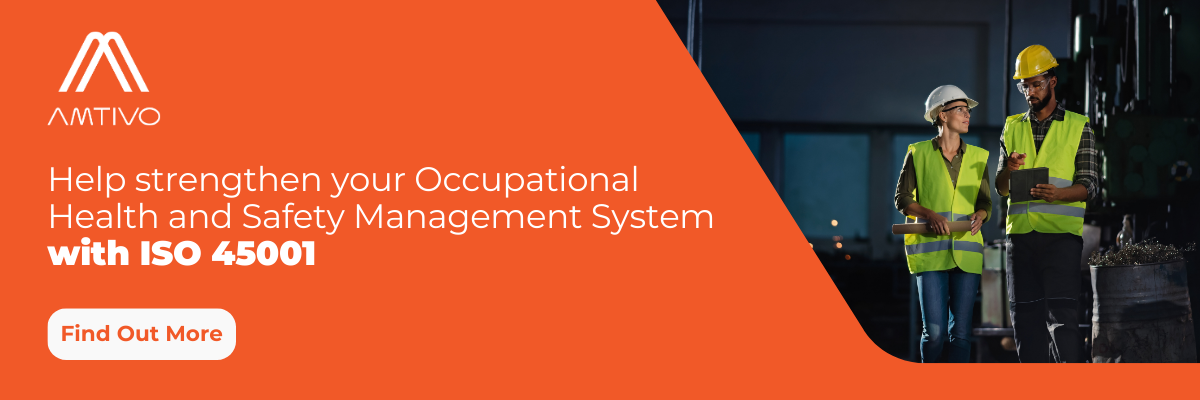Implementing an OHSMS, while beneficial, can present several challenges for businesses.
One significant obstacle is resistance to change, as employees and management may be hesitant to adopt new safety protocols. This situation necessitates effective change management strategies to facilitate a smooth transition.
Additionally, resource allocation can be a concern, as implementing an OHSMS demands time, money, and personnel, which can strain small businesses.
Another challenge is maintaining employee engagement and commitment to safety initiatives, which requires continuous communication and involvement to keep everyone motivated.
Navigating safety regulations and ensuring compliance can be daunting, particularly for businesses that are new to safety management.
Lastly, sustaining a culture of continual improvement demands consistent effort and dedication from all levels of the organization, which can be challenging to maintain over time.
While these challenges may seem daunting, they are not insurmountable. With the right approach, businesses can successfully implement an OHSMS that enhances workplace safety and overall efficiency. By fostering a culture of safety, organizations can turn these challenges into opportunities for growth, ultimately creating a safer and more productive work environment.








